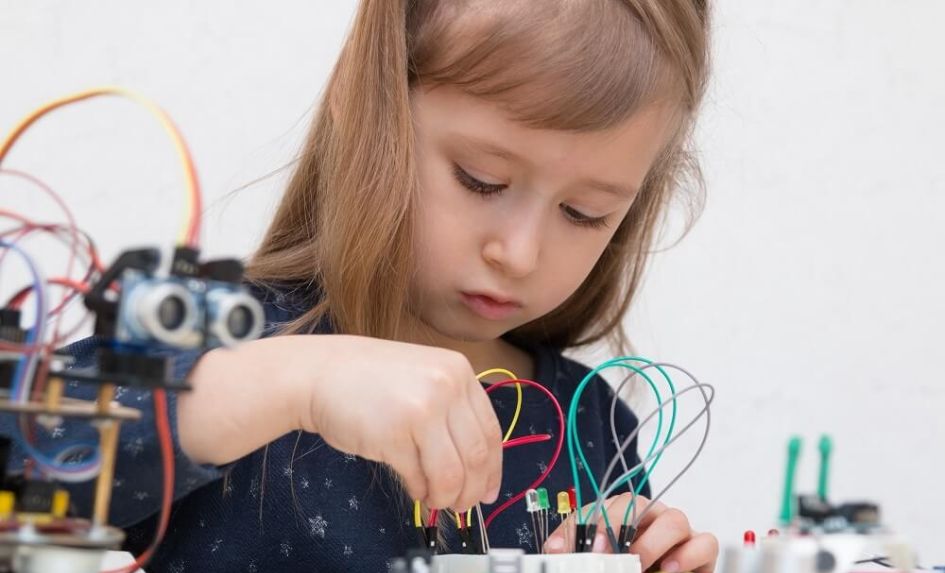Over the past year many of us have radically shifted to remote working and home schooling due to Covid-19 lockdowns and school closures.
There is no doubt that technology has played a pivotal part in not only facilitating this change but also opening up new and innovative possibilities for working and learning, making tech even more ingrained across all sectors.
The Covid-19 skills demand
As we gradually ease out of lockdown and return to a semblance of normality, digital skills are set to play an essential role in revitalising the economy.
Indeed, skills development and retraining amongst students and adults are a core pillar in the Government’s levelling-up agenda post Covid-19. A recent report from Accenture highlighted a surge in demand for artificial intelligence (AI), cloud and robotics skills amongst businesses in the UK over the past six months, suggesting these capabilities will be key to the nation’s socio-economic recovery.
Despite this clear need for digital literacy amongst the next generation of workers, new research has found that less than ten per cent of ‘Gen Z’ learners are planning to pursue science, technology, engineering and maths (STEM) related studies. This is not to say that children and young people are not interested or inspired by STEM.
In fact, a recent study of 2,000 young people by BAE Systems found that healthcare, engineering, science, technology and digital are among the top industries which young people believe hold the best long-term career opportunities, in light of the Covid-19 pandemic.
It appears the problem lies with a lack of awareness around the skills young people need and what a career in the industry looks like in practice, as well as opportunities for students to practically develop their STEM knowledge and confidence in schools.
If we can boost and sustain engagement in key disciplines such as coding and robotics amongst children throughout their primary and secondary educational journeys, we can help inspire the coding and computer science innovators of the future and meet the rising skills demand.
Inspiring the next generation
Primary school is the ideal place to give students practical experience in coding. Starting at a young age and continuing through to secondary school will help to dispel any misconceptions around STEM and spark a curiosity and passion for robotics, ensuring that girls, as well as boys, are as engaged in STEM subjects.
Furthermore, making sure that all teachers, no matter what school or location, are equipped with the resources, training and support they need to confidently teach coding will help ensure digital literacy is something all children can enjoy.
Hands-on learning, which encourages children to take the lead and learn through creating and making something themselves, is one of the most engaging and effective ways to teach coding in the classroom.
Coding resources such as LEGO Education SPIKE Prime enables students to get stuck into building and programming their own robot, testing what works through trial and error and, most importantly, to have fun learning through play. While this gives students a strong foundation in coding skills, it also fosters creativity, teamwork and problem-solving skills which will stand them in good stead across all aspects of later life.
Too often, children and young people falsely believe that programming and robotics is not ‘for them’, which means they are less likely to consider a STEM subject at GCSE or A-level. It’s important that children get first-hand experience of the exciting world of robotics, whether that is coding a robot to take part in a virtual humanitarian mission or cracking a complex piece of computer code. This is the key to breaking down barriers and showing students that anyone can be a skilled scientist, technologist or engineer.
Coding is rapidly becoming a vital part of the curriculum to help combat the future skills gap. Providing more practical learning experiences in schools is a brilliant way to kick-start children’s passion, confidence and proficiency in robotics and programming.
Richard Hamer is Education and Skills Director at BAE Systems.










